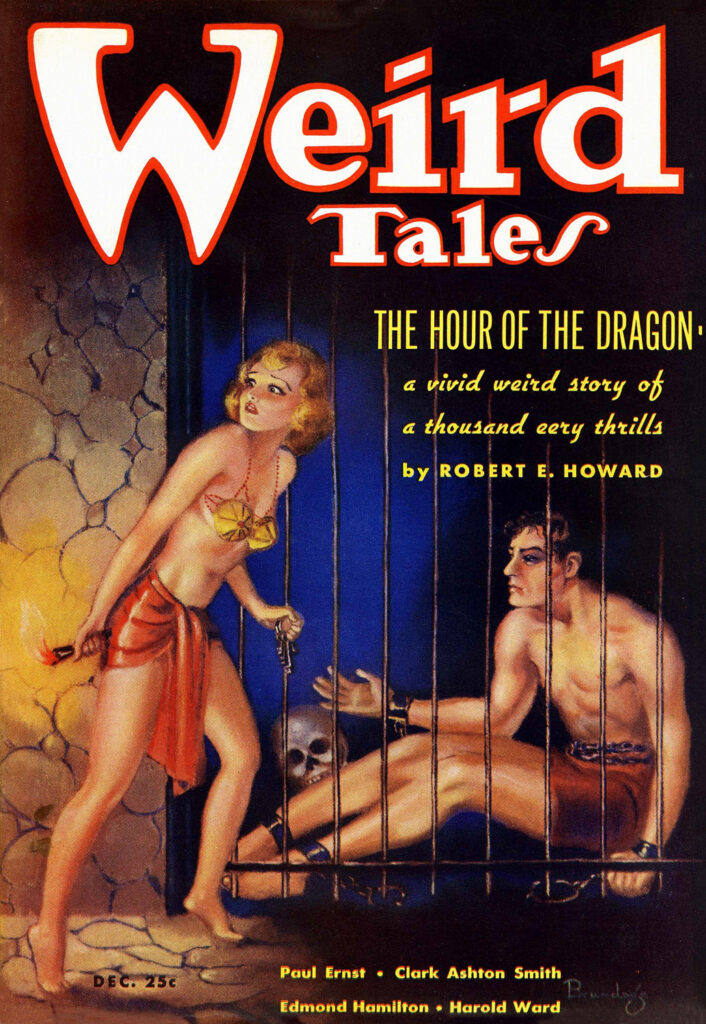
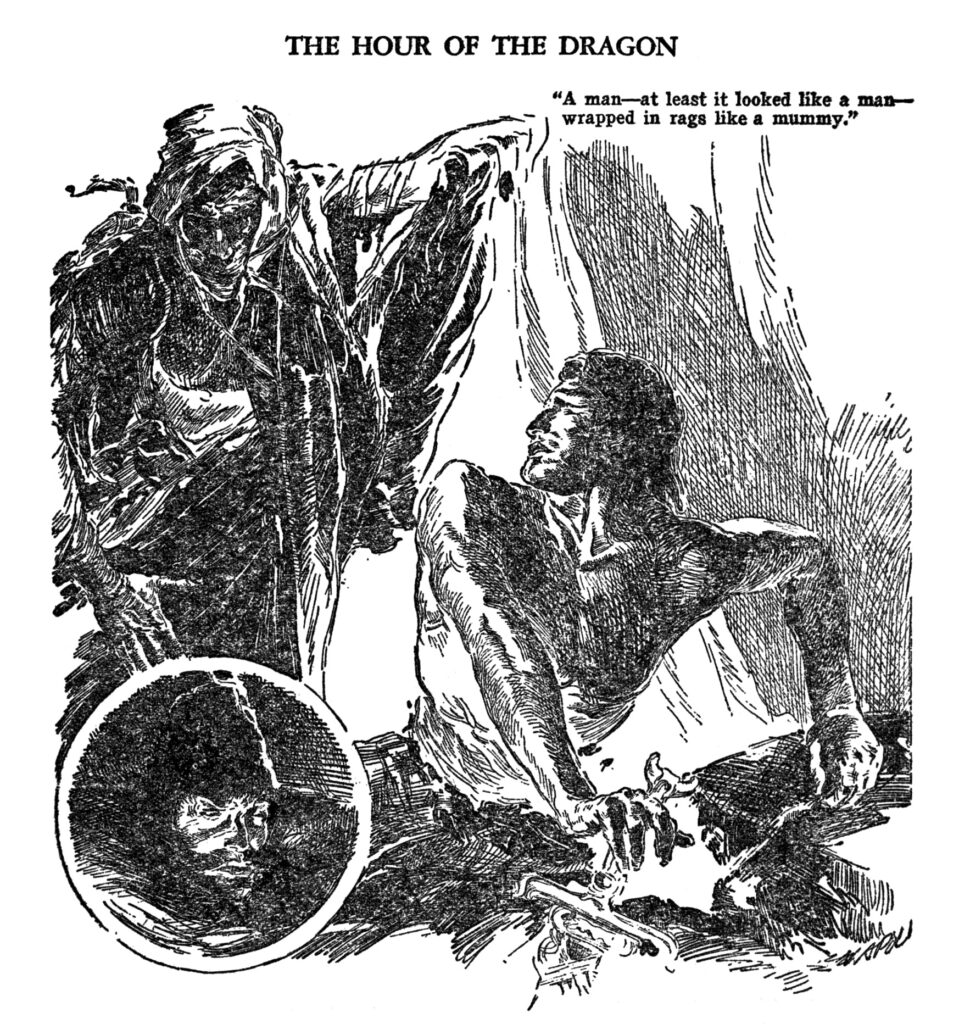
Continuing my Conan reread for Cimmerian September, the sixteenth published Conan story is The Hour of the Dragon, which serialized across five issues of Weird Tales magazine, from December 1935 to April 1936 and was later published as a complete book under the renamed title Conan the Conqueror.
At over 70,000 words told over 22 chapters, The Hour of the Dragon is the only “full-length” Conan tale written by Robert E. Howard, produced for a British publisher that unfortunately folded before it could be printed in that format. In turn, Howard sold it to Weird Tales, where all the previous Conan stories had been published.
I read Conan the Conqueror many years ago and, honestly, my memories of it were pretty murky. I knew it used plot points very similar to The Scarlet Citadel, because Howard was told that British readers would not have read the other Conan short stories, and so in my head I had it slotted as a ‘longer but derivative’ work.
I could not have been more mistaken. Rereading The Hour of the Dragon, I was able to really appreciate the ambition of its narrative, the scale of its sprawling worldbuilding, and the rich quality of its prose. Even when it stumbles a bit on occasion, the overall momentum keeps driving everything forward in a thoroughly entertaining way.
But, with such a long tale and deadlines aplenty on my plate, I won’t be able to go through the story blow-by-blow. Here’s a broad overview with some thoughts on specific elements:
A cabal of four men use a gem called the Heart of Ahriman to bring a sorcerer named Xaltotun back to life to assist them in taking the thrones of Nemedia and Aquilonia. The opening chapter showcases this dark ceremony and the eerie return of Xaltotun:
It was as if a globe of living fire flickered and burned on the dead, withered bosom. And breath sucked in, hissing, through the clenched teeth of the watchers. For as they watched, an awful transmutation became apparent. The withered shape in the sarcophagus was expanding, was growing, lengthening. The bandages burst and fell into brown dust. The shriveled limbs swelled, straightened. Their dusky hue began to fade.
Howard is ripping in this story. The way he builds atmosphere is punchy and textured, with unexpected but appropriate descriptions that really activate the reader’s imagination. Check out how he describes the army preparing for battle, with a mixture of sight and sound:
He cast a swift glance over the camp, which was beginning to swarm with activity, mail clinking and men moving about dimly in the uncertain light, among the long lines of tents. Stars still glimmered palely in the western sky, but long pink streamers stretched along the eastern horizon, and against them the dragon banner of Nemedia flung out its billowing silken folds.
Conan is struck down by Xaltotun’s magic and thought slain during the battle, but the ancient necromancer instead takes him prisoner because he wants to use the Cimmerian to further his own machinations. Yes, it’s similar to The Scarlet Citadel on a surface level, but the motivations are richer as Howard builds a web of mistrust and disloyalty amongst Xaltotun and the four who brought him back to life.
Our hero’s escape manifests thanks to a slave named Zenobia. She’s intensely scared because she knows she’s defying her master, but also incredibly brave as she risks her life to give Conan a chance in the dungeon he’s imprisoned in. She doesn’t get much word count, but the narrative effect of her actions is huge:
‘I am only a girl of the king’s seraglio,’ she said, with a certain proud humility. ‘He has never glanced at me, and probably never will. I am less than one of the dogs that gnaw the bones in his banquet hall.
‘But I am no painted toy; I am of flesh and blood. I breathe, hate, fear, rejoice and love. And I have loved you, King Conan, ever since I saw you riding at the head of your knights along the streets of Belverus when you visited King Nimed, years ago. My heart tugged at its strings to leap from my bosom and fall in the dust of the street under your horse’s hoofs.’
Color flooded her countenance as she spoke, but her dark eyes did not waver. Conan did not at once reply; wild and passionate and untamed he was, yet any but the most brutish of men must be touched with a certain awe or wonder at the baring of a woman’s naked soul.
Conan fights an ape-creature in the depths of the dungeon and finds his way out of the castle, but has to leave Zenobia behind.
Even when Conan is riding overland there’s a deft balance between keeping up momentum from the escape and lavishing the reader with textured prose to help ‘sell’ the landscape in a way that really grabbed me:
The dawn wind stirred the tall stiff grass, and there was nothing but the long rolling swells of brown earth, covered with dry grass, and in the distance the gaunt walls of a stronghold on a low hill. Too many Aquilonian raiders had crossed the mountains in not too distant days for the countryside to be thickly settled as it was farther to the east.
Dawn ran like a prairie fire across the grasslands, and high overhead sounded a weird crying as a straggling wedge of wild geese winged swiftly southward. In a grassy swale Conan halted and unsaddled his mount. Its sides were heaving, its coat plastered with sweat. He had pushed it unmercifully through the hours before dawn.
A confident balance of intense action and poetic atmosphere is Howard at his best, whether he’s describing the mundane or the magical:
“Not lightly is the veil rent; yet I will rend it a little, and show you your capital city.”
Conan did not see what she cast upon the fire, but the wolf whimpered in his dreams, and a green smoke gathered and billowed up into the hut. And as he watched, the walls and ceiling of the hut seemed to widen, to grow remote and vanish, merging with infinite immensities; the smoke rolled about him, blotting out everything. And in it forms moved and faded, and stood out in startling clarity.
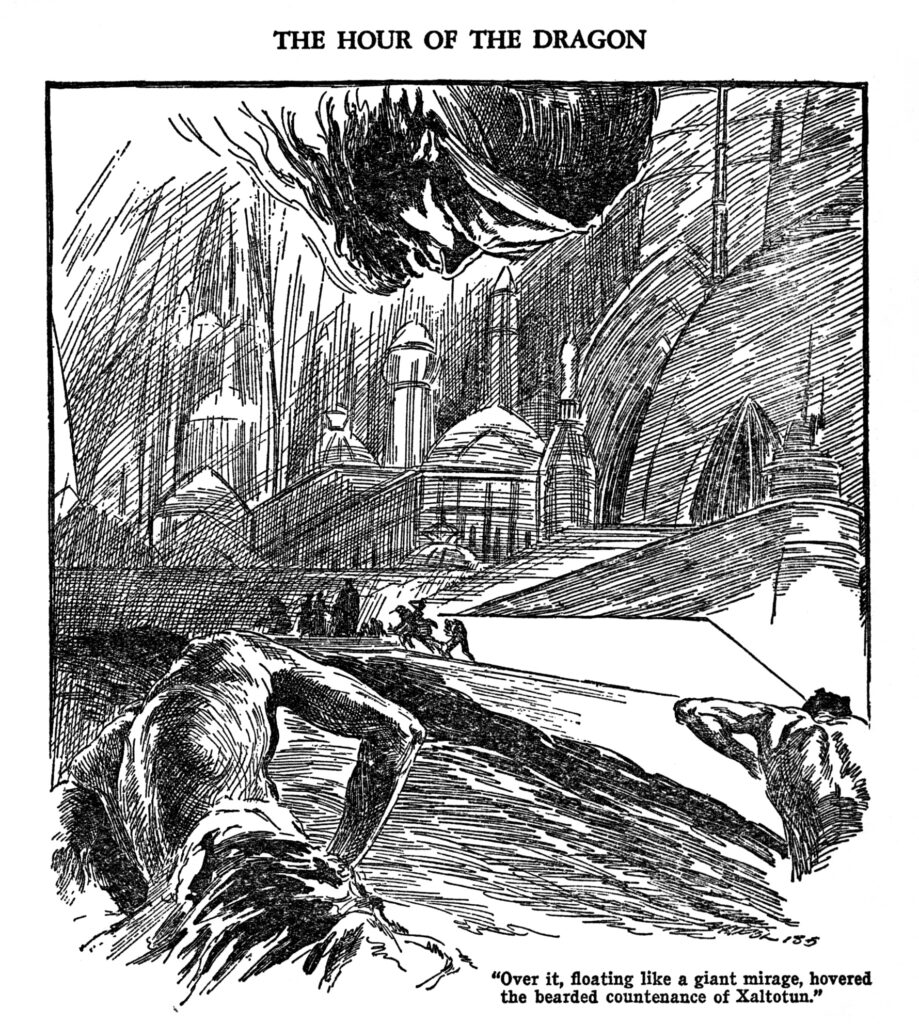
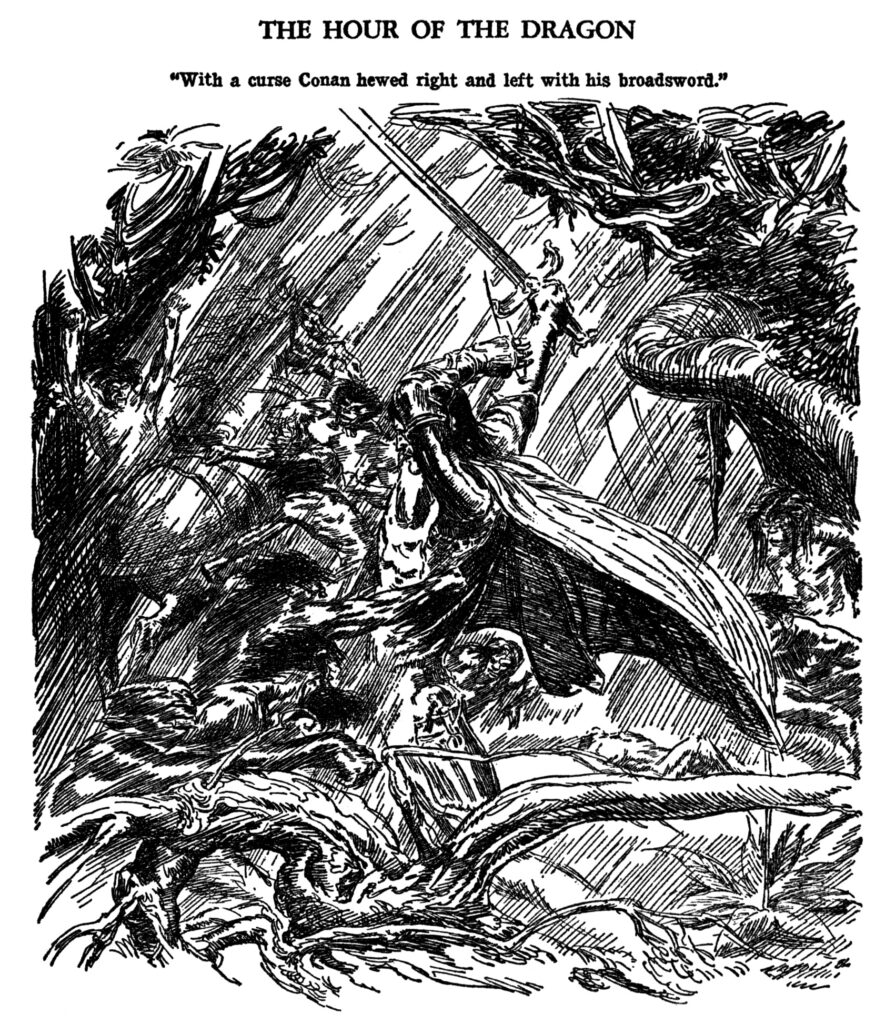
The middle of this grand adventure feels quite episodic, with Conan traveling to multiple locations, using his physical strength, keen mind, and deep social connections to track down the missing gem that will allow him to defeat the necromancer and retake his throne. At each stop we’re given a sense of who Conan was in his prime and the impact he had on others before he took the crown of Aquilonia. There’s a wistful sense nostalgia to it:
The awakening of old memories, the resurge of the wild, mad, glorious days of old before his feet were set on the imperial path when he was a wandering mercenary, roistering, brawling, guzzling, adventuring, with no thought for the morrow, and no desire save sparkling ale, red lips, and a keen sword to swing on all the battlefields of the world.
Unconsciously he reverted to the old ways; a new swagger became evident in his bearing, in the way he sat his horse; half-forgotten oaths rose naturally to his lips, and as he rode he hummed old songs that he had roared in chorus with his reckless companions in many a tavern and on many a dusty road or bloody field.
All of it could have come across as overly plot-convenient, but because Howard stacks the deck against Conan over and over, and our hero loses almost as many fights as he wins, each victory along the way feels visceral and palatably earned.
The characters Conan interacts with along his journey don’t feel like NPCs waiting to spit out relevant information or provide the next bread crumb on the trail, most have a distinct sense of agency and personal stakes that drive their actions, helping or hindering the king in exile.
One point that’s brought up several times is the concept that Conan has no heir and, therefore, there was no one to rally behind once he fell in battle. Conan has to contend with assumptions he has around his personal freedom versus the responsibility he carries as leader of a country. It’s a maturation of the character as he struggles to retain his barbaric spirit even as he learns to compromise some of his earlier idealistic driving principles.
Why pursue a crown that was lost for ever? Why should he not seek forgetfulness, lose himself in the red tides of war and rapine that had engulfed him so often before? Could he not, indeed, carve out another kingdom for himself? The world was entering an age of iron, an age of war and imperialistic ambition; some strong man might well rise above the ruins of nations as a supreme conqueror. Why should it not be himself?
So his familiar devil whispered in his ear, and the phantoms of his lawless and bloody past crowded upon him. But he did not turn aside; he rode onward, following a quest that grew dimmer and dimmer as he advanced, until sometimes it seemed that he pursued a dream that never was.
Since each new location is populated with different threats and evocative locales, I think the middle is my favorite part of the story, which is odd for me since most stories live and die on their introduction or conclusion. Don’t get me wrong, the beginning and end are good too, but the central series of challenges have the most variety and, for me, feel like a Dungeons & Dragons campaign carving its way through a living, breathing world.
Speaking of D&D, Gary Gygax clearly took direct inspiration from several sections, including a treasure chest with a puzzle sequence of buttons to open it, set with a poison trap:
Along the rim of the lid seven skulls were carved among intertwining branches of strange trees. An inlaid dragon writhed its way across the top of the lid amid ornate arabesques. Valbroso pressed the skulls in fumbling haste, and as he jammed his thumb down on the carved head of the dragon he swore sharply and snatched his hand away, shaking it in irritation.
‘A sharp point on the carvings,’ he snarled. ‘I’ve pricked my thumb.’
And labyrinthian corridors and chambers that read just like DM box text from an old adventure module:
The corridor split in two branches, and he had no way of knowing which the masked priests had taken. At a venture he chose the left. The floor slanted slightly downward and was worn smooth as by many feet. Here and there a dim cresset cast a faint nightmarish twilight. Conan wondered uneasily for what purpose these colossal piles had been reared, in what forgotten age. This was an ancient, ancient land. No man knew how many ages the black temples of Stygia had looked against the stars.
Narrow black arches opened occasionally to right and left, but he kept to the main corridor, although a conviction that he had taken the wrong branch was growing in him.
Pirates, priests, executioners, mystic assassins, ghouls, and a vampire for good measure-
She reared up on the couch like a serpent poised to strike, all the golden fires of hell blazing in her wide eyes. Her lips drew back, revealing white pointed teeth.
‘Fool!’ she shrieked. ‘Do you think to escape me? You will live and die in darkness!
The Hour of the Dragon is absolutely jam-packed with sinister foes and memorable set pieces. It’s the longest canon Conan story, but also feels like it’s bursting at the seams with enough material to fill a trilogy of fantasy books written in the more drawn out way many modern readers have grown accustomed to.
The ending is inevitable and doesn’t quite hit the highs of Howard’s best, but it consistently entertains and delivers on its potential. There are spots where I would have enjoyed delving even deeper, but it’s far better to leave readers wanting more than wearing out one’s welcome.
This epic tale has been reprinted and adapted several times. The Marvel Comics version was split between classic artists Gil Kane and John Buscema over two different publications, which creates a bit of a visual disconnect, but works overall.
If you haven’t read the original Conan prose stories, I recommend the Del Rey 3-book set, which has each story unedited and essays that add context around their publication.
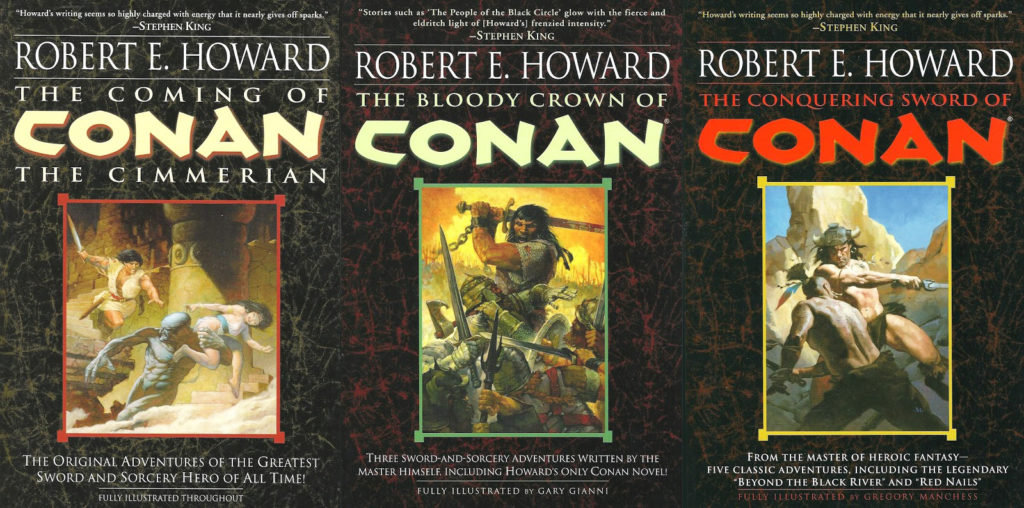

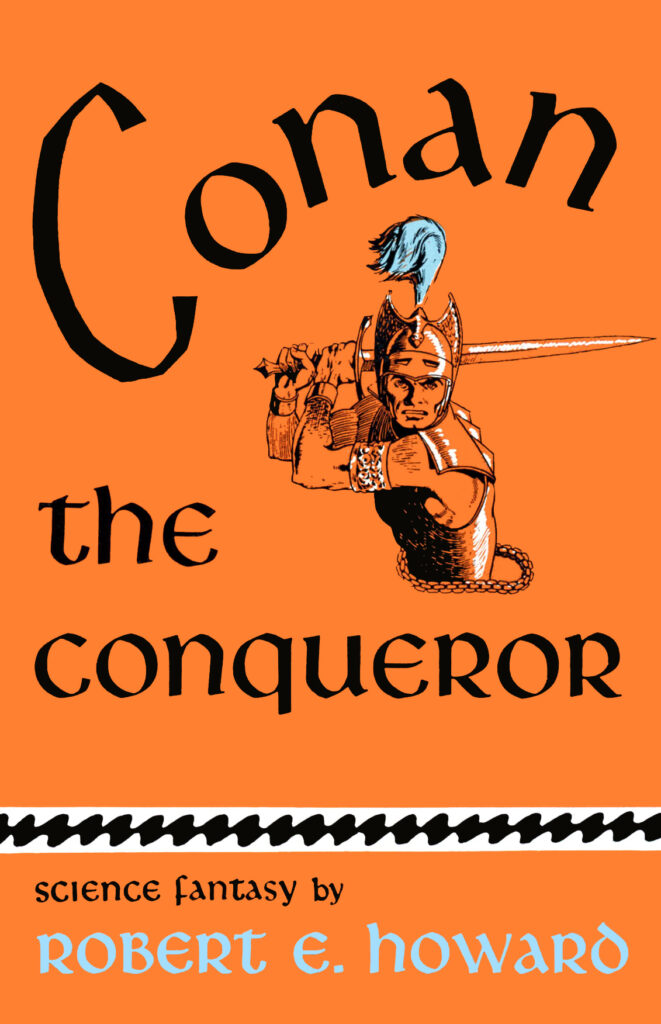
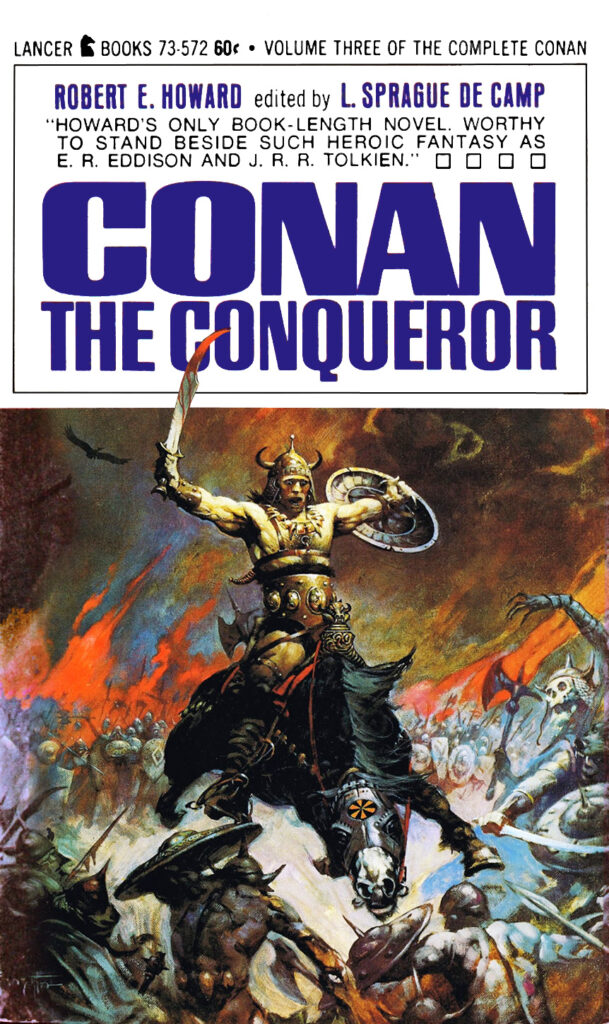

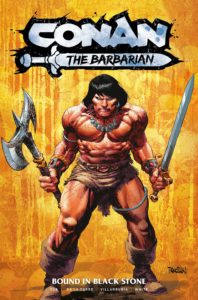



 Zub on Amazon
Zub on Amazon Zub on Instagram
Zub on Instagram Zub on Twitter
Zub on Twitter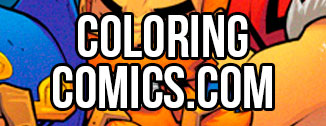
Finishing this one I was really interested in Conan having an Heir so i did go read the most recent King Conan and all the part of the heir was very interesting.